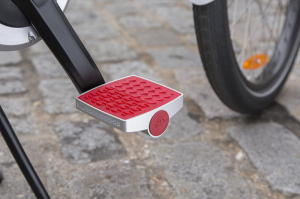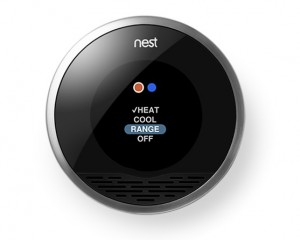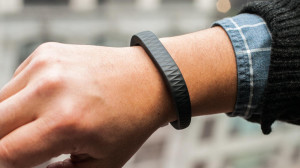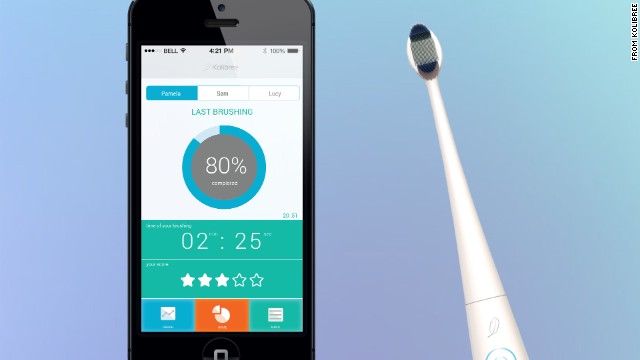Here I am languishing in bitterly-cold Massachusetts, while all the cool kids are playing with toys at CES! I’ll try to get over it and give you my impressions of the Internet of Things new product introductions, as filtered through the lens of my IoT Essential Truths:
- Perhaps the most important development is Samsung’s whole-hearted embrace of the IoT, building on its acquisition of SmartThings. In his keynote, Samsung CEO BK Yoon struck exactly the right notes, emphasizing the need for open standards and collaboration.Within 5 years, all new Samsung products will be IoT enabled.Don’t forget that Samsung doesn’t just make consumer products, but also critical IoT tools such as sensors and chips. Its 3-D range sensors that can detect tiny movements may be a critical IoT components.SmartThings CEO Alex Hawkinson was part of the presentation, and stressed:
“For the Internet of Things to be a success, it has to be open, Any device, from any platform, must be able to connect and communicate with one another. We’ve worked hard to accomplish this, and are committed to putting users first, giving them the most choice and freedom possible.”
- If was accurate, the GoBe calorie counter could be a great Quantified Self device. I still find it waaay to time-consuming and laboriously to look up specific foods’ caloric content and enter them into an app. However, The Verge says not so fast….. What might be feasible is the InBody Bend, to measure the result of those calories — your body fat — and your heart rate. It’s also a pedometer and measures your calories burned. Oh, yeah, the Bend also tells time. Best of all, it will go 7-8 days between charges.
- The HereO children’s watches seem like a great product for worried parents, allowing them to locate the wee ones via GPS.
- While I think the key to realizing my “Smart Aging” paradigm shift will primarily be tweaking mainstream IoT Quantified Self and smart home devices for seniors’ special needs, there are some issues, such as hearing loss, that particularly affect seniors. In that category, Siemens’ Smart Hearing Aid looks promising, and an interesting example of enhancing a not-so-great existing product using IoT capabilities. A key is the unobtrusive clip-on easyTek which complements the in-ear device, and can connect (via Bluetooth) to smartphones, computers or TVs, so that the hearing aides also function as earphones for those devices. As The Verge reports, even those with good hearing might end up using it.
- However, my two favorite CES intros both enhance a decidedly 19th-century product, the bike.They illustrate the Essential Truth “What Can You Do Now That You Couldn’t Do Before?
One is a nifty substitute for a plain-vanilla pedal, from Connected Cycle. On a day-in-day-out basis, the pedal is a Quantified Self device, recording your speed, route, incline, and calories burned.
However, when some miscreant steals your ride, it’s the two-wheel equivalent of Find My iPhone, telling you and the cops exactly where the bike’s located.
Ok, that’s nice, but the other bike device introduced at CES can save your life!
In the spirit of IoT collaboration, Volvo, Ericsson & sporting goods manufacturer POC have worked together on a smart helmet.
The bike’s and the car’s locations are both uploaded to the cloud.
If the helmet is connected to a bike app such as Strava, built-in warning lights warn it there’s a car nearby, while a heads-up display on the dash warns the driver at the same time.
I can’t see Volvo gaining any competitive advantage from this, and, of course, the technology will really only be effective if every hemet and every car are equipped with it, so I hope the partners will release it for universal adoption. Who would have ever thought that the IoT could peacefully bring bicyclists and motorists together. Just shows you that with the IoT, we’ll have to re-examine a lot of long-held beliefs!







